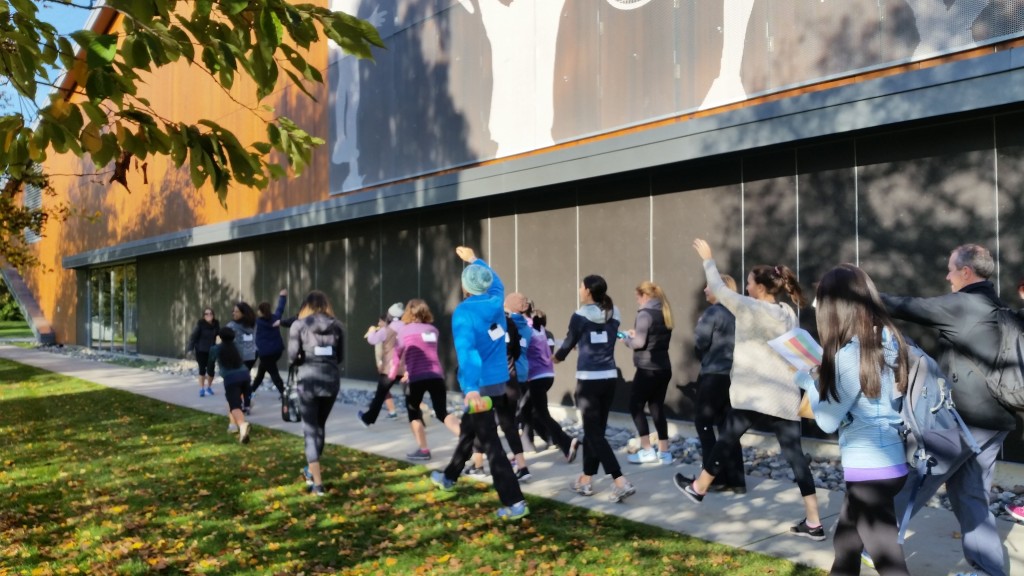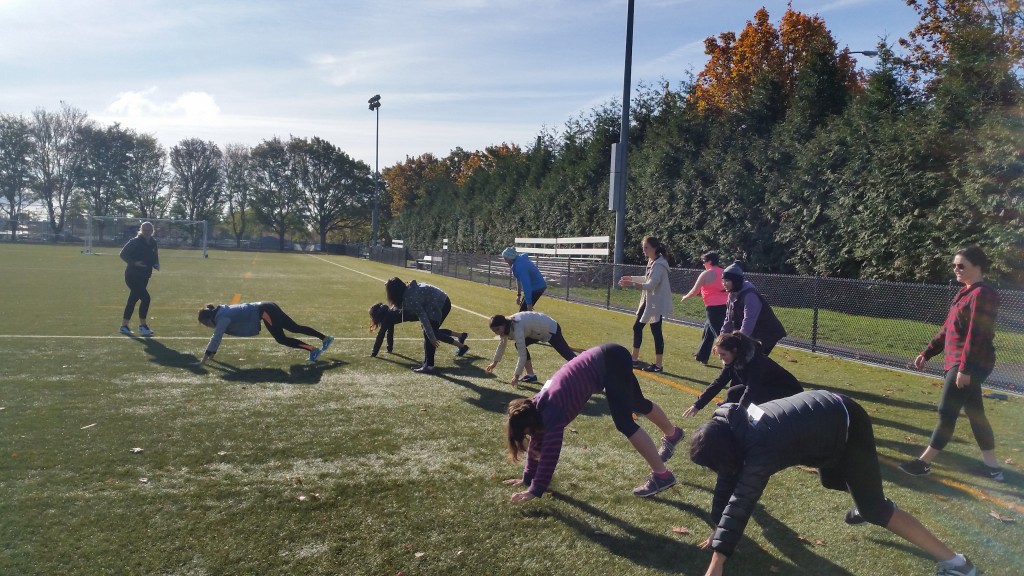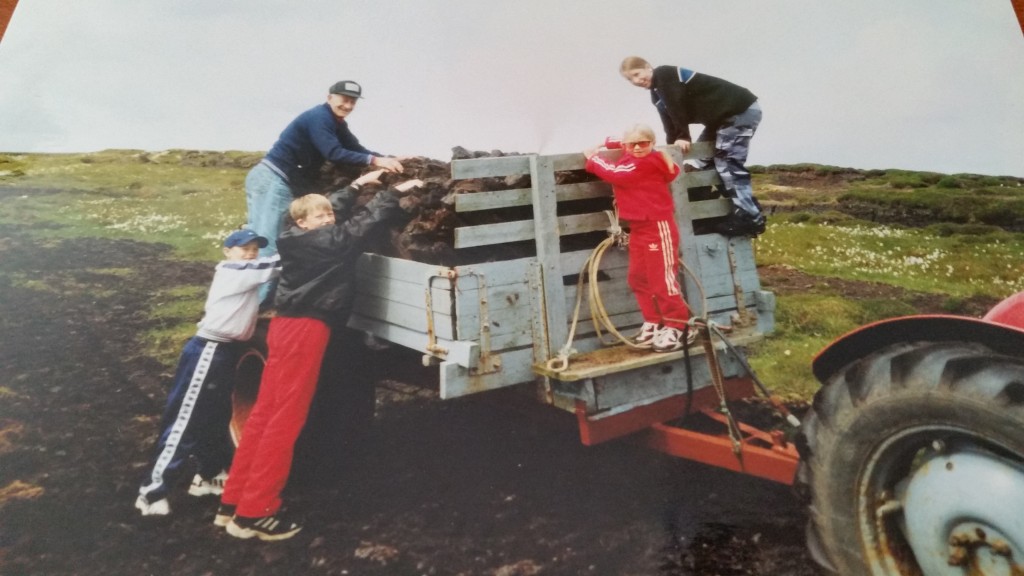Hi Everyone,
First of all, hats off to the Outdoor Education Team Teach last week. What a great job at taking our learning outside and having lots of fun getting active in the fresh air and sunshine!
I have been thinking a lot about outdoor activity lately. I have my practicum at an elementary school in West Vancouver and have been assigned to the kindergarten class. As the “little ones” at the school they have an assigned playground where there are several swings and climbing structures and such traditional items. However, I have noticed that every time they are excused for recess and lunch they run off to the area of the playground that borders a natural forest. It has lots of trees and a more rugged terrain and the students always spend their free play time there collecting rocks and swinging from tree branches. No one seems to be interested in playing in the structured playground area.

It led me to think about how much kids just love to be outside! Rain or shine they want to naturally explore and engage with others and the environment. So, I have been thinking about others ways that I could engage the kindergarten class in outdoor learning. What first came to mind was group mini hikes, as West Vancouver has lots of beautiful easy nearby trails, that would be good for younger children. There are also beaches and small lakes and waterfalls too. What a great way to also incorporate some learning about ecosystems and sustainability. But, while these ideas seem fun I am still unsure how I can organize transport and extra adult supervision and what types of legal formalities I am required to complete. As this task seems a little daunting, I will require clarification from my school advisor. Perhaps, these types of hurdles are what inhibit some teachers from planning outdoor education excursions?
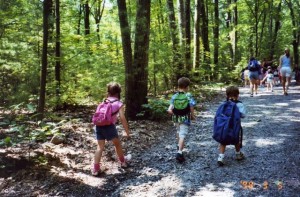
Therefore, I thought I would start small. We have a beautiful field at my practicum school where I thought we could do some fun activities, but also perhaps some lessons. What about literacy outdoors? Reading and drawing outside incorporated into some type of physical activity that pertains to the literacy might work. For example, reading a story about the environment and then finding leaves and flowers from a scavenger hunt around the field that the students can then draw or paste into scrapbooks. I also thought that in an effort to support the inquiry learner a community garden outside the classroom might be a fun project which marries physical components with lesson plan initiatives. Of course, as the weather worsens with the arrival of winter this might become a little tricker, but I think more simplistic outdoor concepts might be a good place to start.
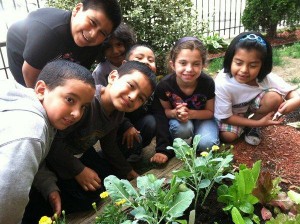
I look forward to working towards these outdoor initiatives and engaging my students in finding out what they would like to do and what they would like to learn. I think there are many ways in which we can incorporate outdoor learning into our classroom teachings and I hope to do lots of it soon!




